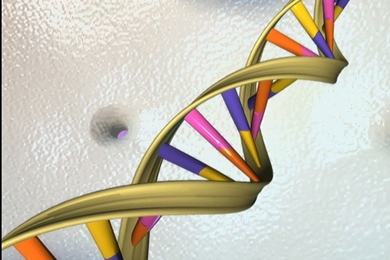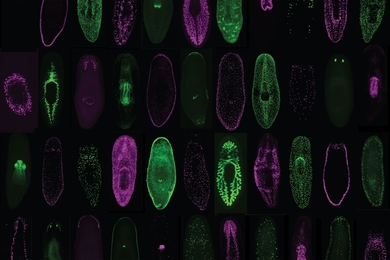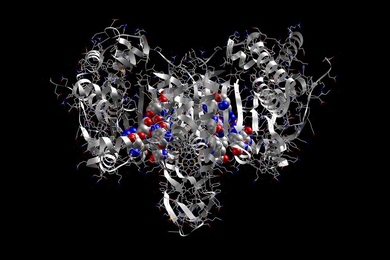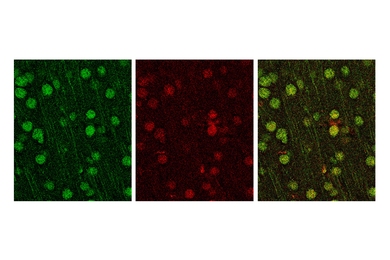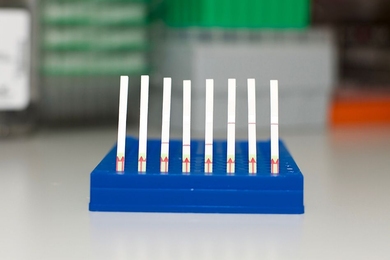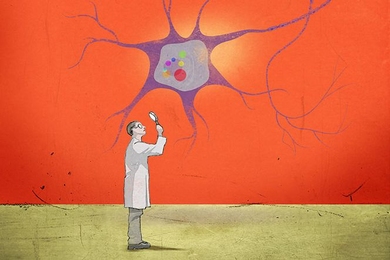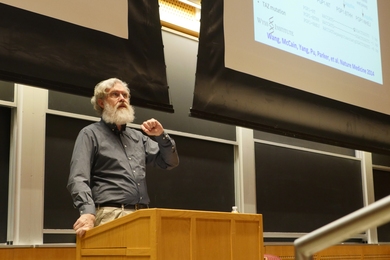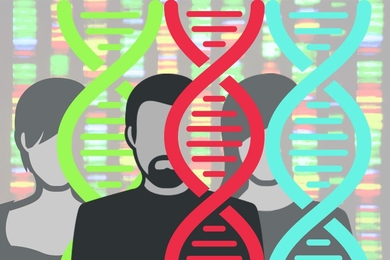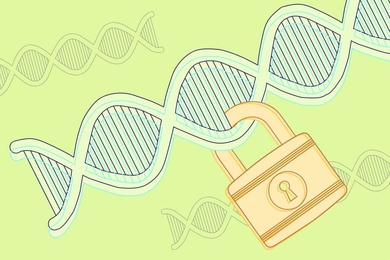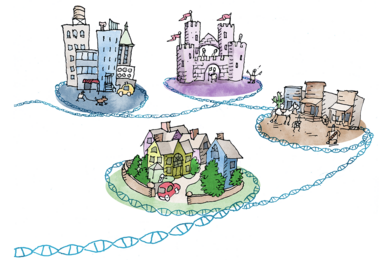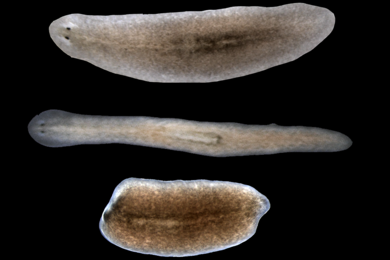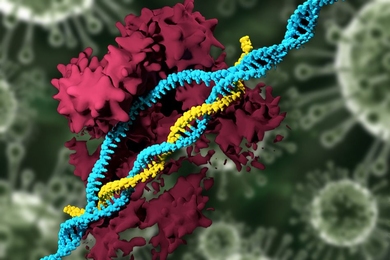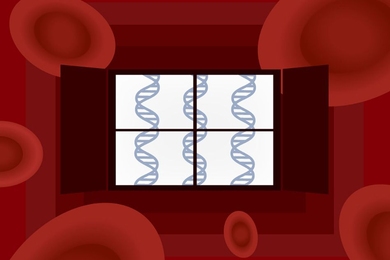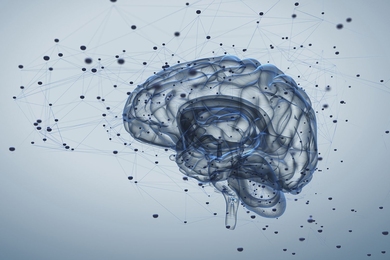Single-cell database to propel biological studies
Whitehead team analyzes transcriptomes for roughly 70,000 cells in planarians, creates publicly available database to drive further research.
Scientists find different cell types contain the same enzyme ratios
New discovery suggests that all life may share a common design principle.
Researchers identify important role for gene in 16p11.2 deletion autism
Study finds that major vault protein is needed for homeostatic plasticity.
Toxic proteins and type 2 diabetes
Whitehead Institute study in yeast illuminates the role of a molecular de-clogger in disease biology.
Researchers advance CRISPR-based tool for diagnosing disease
With SHERLOCK, a strip of paper can now indicate presence of pathogens, tumor DNA, or any genetic signature of interest.
Study: Fragile X syndrome neurons can be restored
Whitehead Institute researchers are using a modified CRISPR/Cas9-guided activation strategy to investigate the most frequent cause of intellectual disability in males.
Reading and writing DNA
Department of Biology kicks off IAP seminar series with a lecture by synthetic-biology visionary George Church.
How some facial malformations arise
Study explains why mutations that would seemingly affect all cells lead to face-specific birth defects.
How privacy policies affect genetic testing
Study: State-level disclosure laws affect patients’ eagerness to have their DNA tested.
Rethinking transcription factors and gene expression
Study shows that, like proteins, genomes must fold appropriately to function properly and that some transcription factors provide the structural support.
Muscle plays surprising role in tissue regeneration
Whitehead Institute researchers have pinpointed distinct muscle subsets that orchestrate and pattern regrowth.
CRISPR-carrying nanoparticles edit the genome
New delivery system developed by MIT team deletes disease-causing genes and reduces cholesterol.
New techniques give blood biopsies greater promise
Improved methods validate the use of blood samples for studying patients’ cancer genomes.
Promise seen in possible treatment for autism spectrum disorder
Studies in mice show improved social interaction and cognition from a potential therapeutic for a syndrome that often results in autism.
